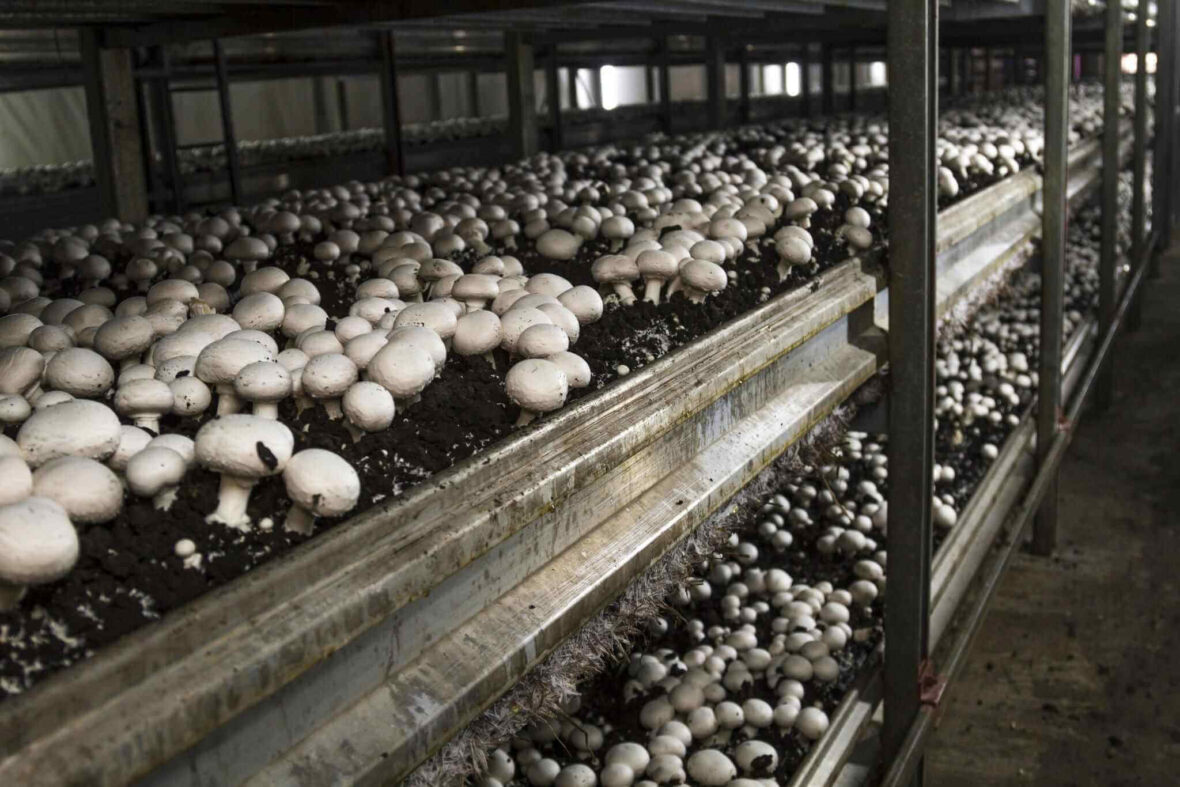The mushroom growing industry holds immense potential for entrepreneurs seeking lucrative opportunities. However, to ensure success in this competitive field, it is crucial to navigate around common pitfalls.
In this comprehensive guide, we will delve into ten critical mistakes frequently made by mushroom growers and provide detailed insights on how to avoid them, enabling you to cultivate a thriving mushroom growing business.
Contents
- 1. Simplify Processes for Success
- 2. Embrace Strategic Planning
- 3. Implement Documented Procedures (Systems)
- 4. Understand Production Costs
- 5. Invest In Marketing And Customer Research
- 6. Scale Up Thoughtfully
- 7. Persevere Through Challenges
- 8. Target The Right Customers
- 9. Embrace Innovation And Adaptation
- 10. Continuously Learn And Develop
1. Simplify Processes for Success
One of the most common mistakes made by mushroom growers is overcomplicating their operations. It is easy to get sidetracked by numerous tasks and experimentation, losing sight of the main goal. To mitigate this, it is essential to stay focused on the core objective of growing high-quality mushrooms.
By simplifying processes and avoiding unnecessary complexities, growers can enhance efficiency, reduce errors, and increase the likelihood of success.
2. Embrace Strategic Planning
Neglecting strategic planning is a significant blunder that can hinder long-term success in the mushroom-growing industry. Establishing clear targets and goals is essential to provide direction and purpose to your business. Strategic planning enables growers to prioritize tasks, allocate resources effectively, measure progress, and tackle challenges efficiently.
By developing a well-defined roadmap, growers can make informed decisions and ensure their actions align with their overarching business objectives.
3. Implement Documented Procedures (Systems)
Lack of documented procedures or systems is a common mistake that can lead to inconsistency and inefficiency in mushroom growing operations. Creating a comprehensive set of procedures for various aspects of cultivation, such as substrate preparation, inoculation, and harvest, ensures consistency, saves time, and facilitates smooth operations.
Documented procedures serve as a valuable reference for both growers and employees, promoting standardized practices, minimizing errors, and enhancing productivity.
4. Understand Production Costs
One critical aspect often overlooked by mushroom growers is the meticulous tracking and analysis of production costs. Without a clear understanding of the expenses associated with cultivation, growers risk financial strain and reduced profitability.
By closely monitoring and evaluating production costs, including labor, raw materials, energy, and packaging, growers gain valuable insights for optimizing resource allocation, pricing their products competitively, and maximizing their profit margins.
5. Invest In Marketing And Customer Research
In today’s competitive business landscape, neglecting marketing and customer research can impede the growth of a mushroom growing enterprise. Understanding the target market’s preferences, needs, and purchasing behaviors is vital for effective product positioning and customer acquisition.
By investing in market research and employing strategic marketing tactics, such as branding, digital marketing campaigns, and market segmentation, growers can effectively reach their intended audience, build brand loyalty, and gain a competitive edge.
6. Scale Up Thoughtfully
Rapidly scaling up operations without addressing existing inefficiencies and mastering the fundamentals of mushroom cultivation can lead to detrimental consequences. Premature scaling can compromise product quality, strain resources, and overwhelm the business. It is crucial for growers to approach scaling thoughtfully, focusing on improving existing processes, addressing bottlenecks, and fine-tuning operations before expanding production capacity.
Gradual and well-planned growth allows growers to maintain quality standards, optimize resource allocation, and ensure sustainable expansion.
7. Persevere Through Challenges
The mushroom growing industry, like any other business, presents its fair share of challenges. Many growers become disheartened and consider giving up too soon when faced with setbacks. However, perseverance is key to long-term success.
Developing resilience, seeking support from fellow growers or industry experts, and continuously learning from mistakes and experiences enable growers to overcome obstacles, adapt to changing circumstances, and thrive in the industry.
8. Target The Right Customers
Targeting the wrong customer base is a critical mistake that can hinder business growth and profitability. Identifying the ideal customer profile and understanding their preferences, needs, and purchasing power is essential for effective marketing and sales strategies.
By conducting thorough market research, segmenting the target audience, and tailoring products and marketing messages to their specific requirements, growers can attract the right customers, generate higher sales, and build lasting relationships.
9. Embrace Innovation And Adaptation
Innovation and adaptation are paramount in an ever-evolving industry like mushroom cultivation. Neglecting to stay updated with the latest cultivation techniques, technological advancements, and market trends can hinder growth and competitiveness.
By embracing innovation, exploring new cultivation methods, integrating technology-driven solutions, and keeping a pulse on market dynamics, growers can differentiate themselves, stay ahead of competitors, and seize emerging opportunities.
10. Continuously Learn And Develop

Failing to invest in continuous learning and professional development can limit the growth potential of mushroom growers. The industry constantly evolves, and staying informed about the latest practices, scientific advancements, and industry insights is crucial for long-term success.
Actively seeking educational opportunities, attending workshops, participating in industry conferences, and networking with fellow growers and experts foster personal and professional growth, empowering growers to adapt to market demands and industry changes effectively.
Conclusion
Building a successful mushroom growing business requires avoiding common mistakes and adopting best practices. By simplifying processes, engaging in strategic planning, implementing documented procedures, understanding production costs, investing in marketing and customer research, scaling up thoughtfully, persevering through challenges, targeting the right customers, embracing innovation and adaptation, and continuously learning and developing, mushroom growers can enhance their chances of long-term success.
By proactively avoiding these costly blunders and learning from the experiences of others, growers can navigate the mushroom growing industry with confidence and unlock their full potential.




